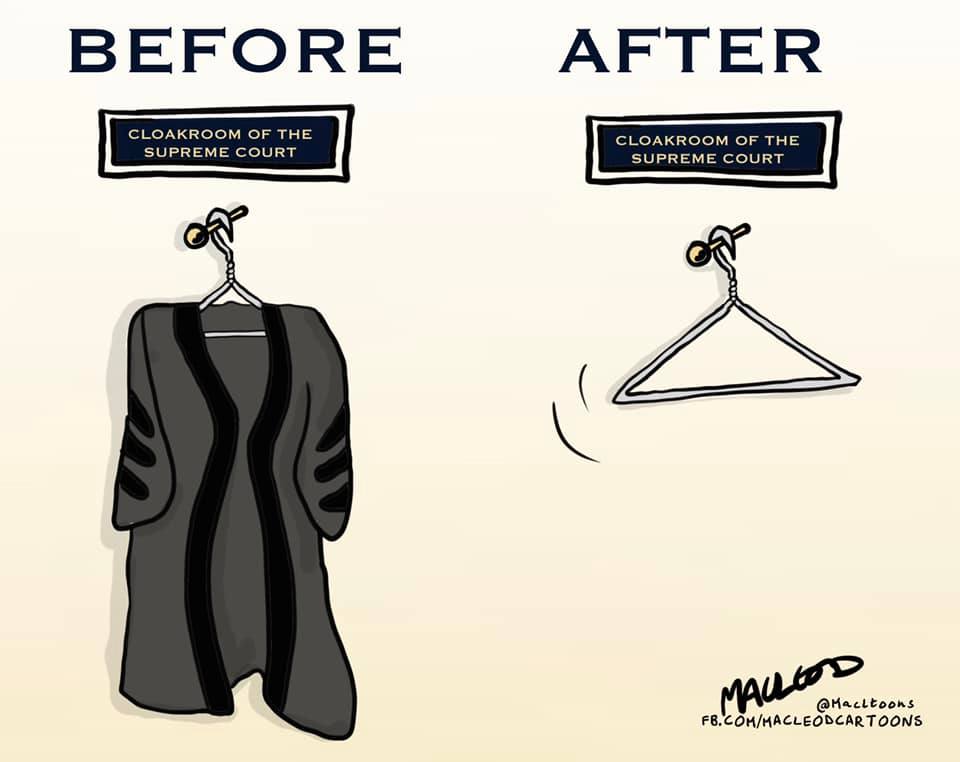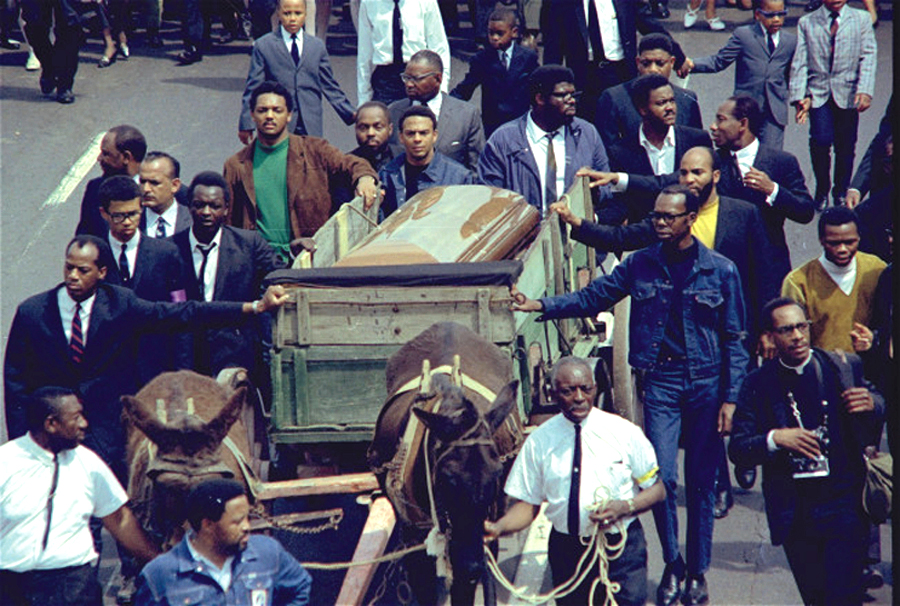Wrongo and Ms. Right watched all eight hours of the new Disney opus on the Beatles, “Let It Be”.
Truthfully, a lot of it is boring. The lads are composing new tunes for a show that may or not also be a film. All of their noodling, the endless repetition and tweaking, can be hard to watch when you already know how good the final cuts are. And they’re still very good, even now, 50 years later.
But you can’t really appreciate how great they were until you watch the last hour which documents their final live performance on the roof of the Apple building in London. After a month of fumbling in the studio, including while rehearsing the day before, they go live on the roof where they show what a fantastic band they were.
Some of those live performances ultimately appear on the “Let It Be” album. They were cut live, outside on a cold day. John at one point says he’s too cold to play the chords on his guitar. It’s hard to believe how good what you’re hearing is. There were some moments of perfection in the studio, mostly with the vocals, sometimes with the instruments, but they rarely sounded as good as on the roof.
Later, they go back to the studio to record the seven tunes that were not performed live. In one case, Phil Spector is enlisted to add strings to “The Long and Winding Road“, but it also sounded great in the studio version in the documentary.
A few hot takes:
- By 1969, Paul is the driving force of the project. Despite what we’ve been told, they aren’t always at each other’s throats. There are disagreements. George briefly leaves the band during that month. There are power struggles over what they actually want the final product of the month’s work to be.
- When they are playing, they clearly enjoy each other and feed off of each other’s talent. They are all capable of playing each other’s instruments at an accomplished amateur level.
- We’ve heard how Yoko broke up the band, but that doesn’t seem to be true. Paul’s wife Linda is there, along with their young daughter Heather. Ringo’s wife Maureen and George’s then wife, Patti, all are around at various times during the recordings.
- The band clearly had paid their dues. They seem to have an encyclopedic knowledge of most musical genres. They know all the chords to the classics of the fifties, as you see when they spontaneously play them. They were a real band, the kind of band that was ubiquitous in the 1960s, but that rarely exists today.
They’re comfortable with each other even though they haven’t played live for years. There’s no rust once they’re back on stage. You see how a band that cut a great album every year for a decade, one that knew how to do it on the road, gear up for their swan song performance.
Watch it if you are a true fan, or if you’re into nostalgia. Watch it for the learning experience about the Beatles. On to cartoons.
The Beatles were an original, but the issues are the same as before:
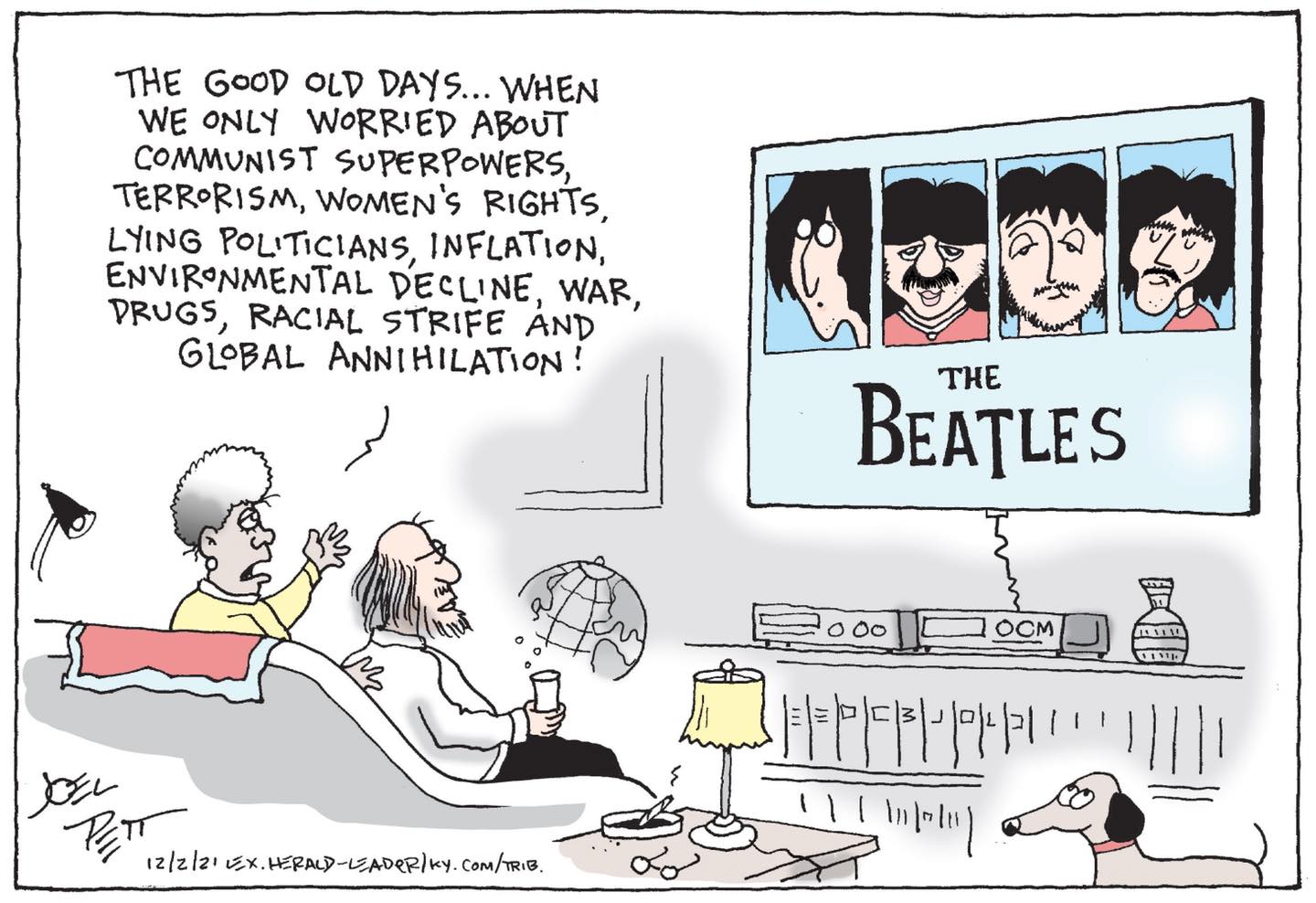
GOP makes spreading Covid their top priority, blames Biden for spreading Covid:
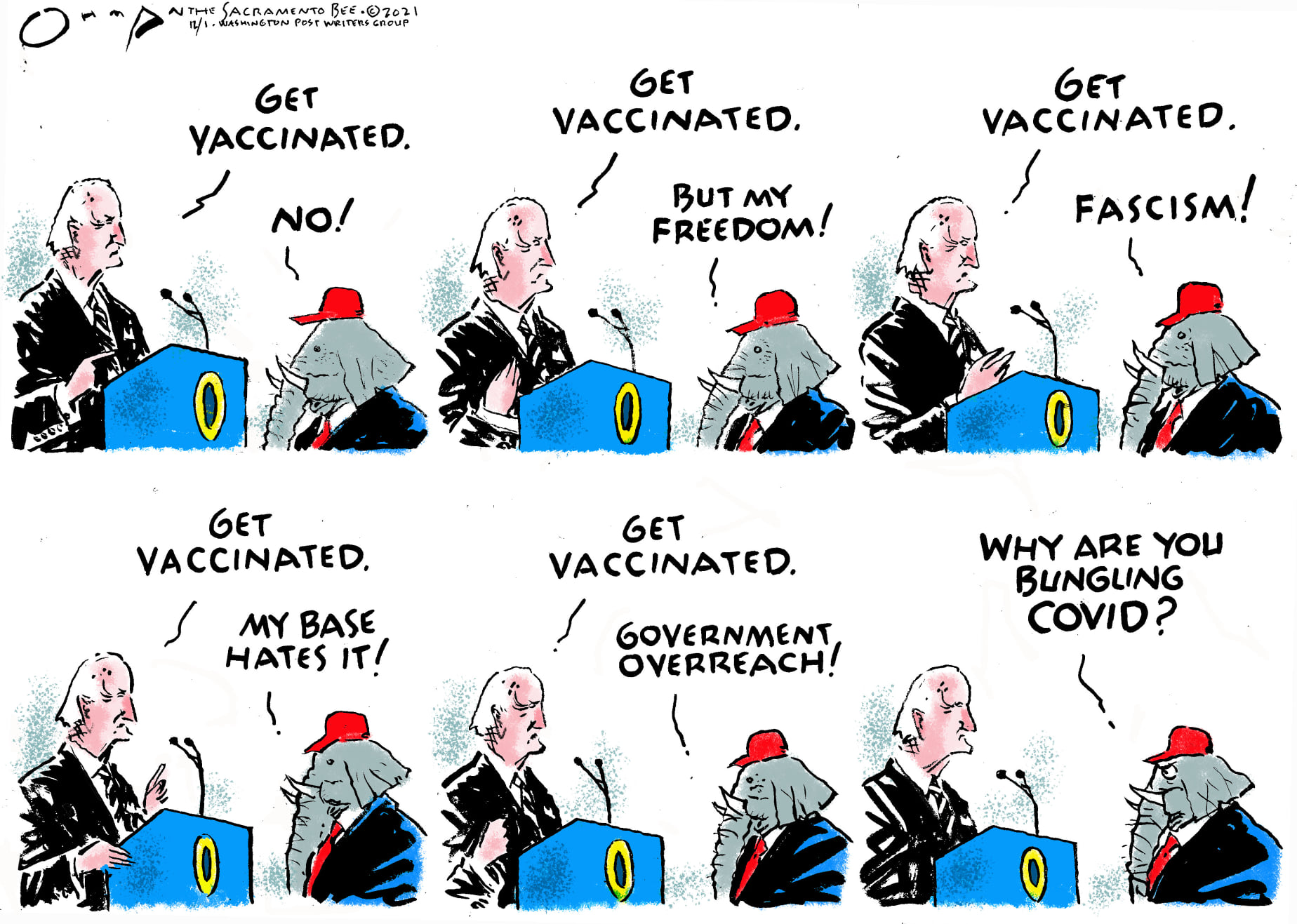
Who buys their kid a gun, hears from the school that he’s a problem, and then lets him bring the gun to class?
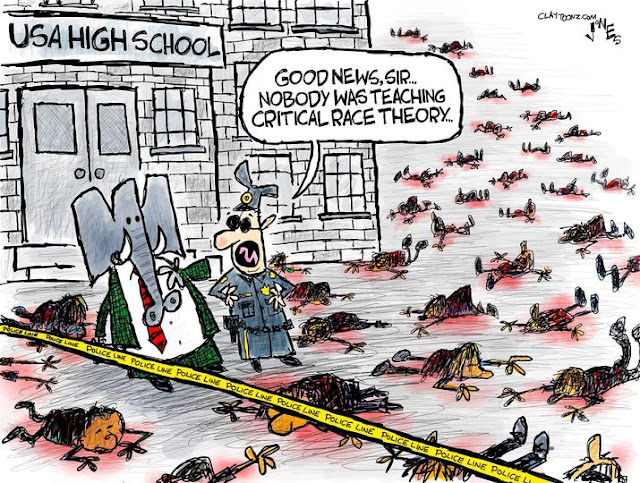
The Supremes are going in a bad direction:
